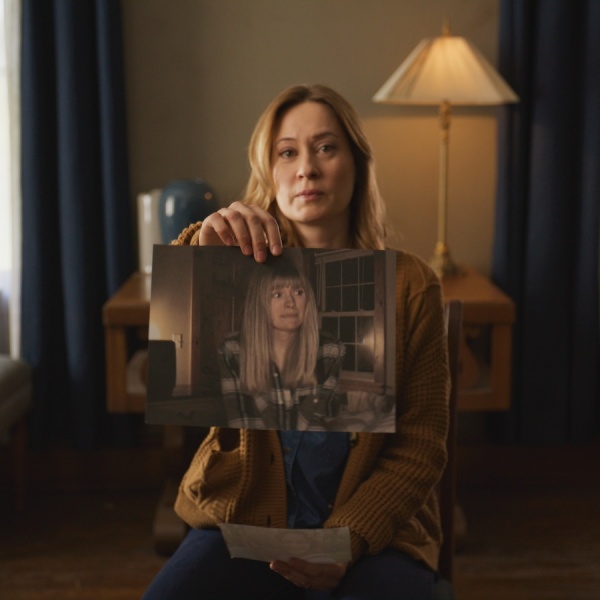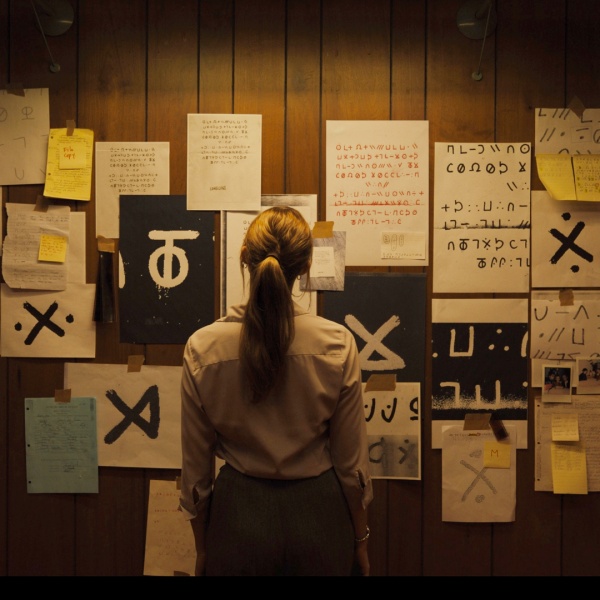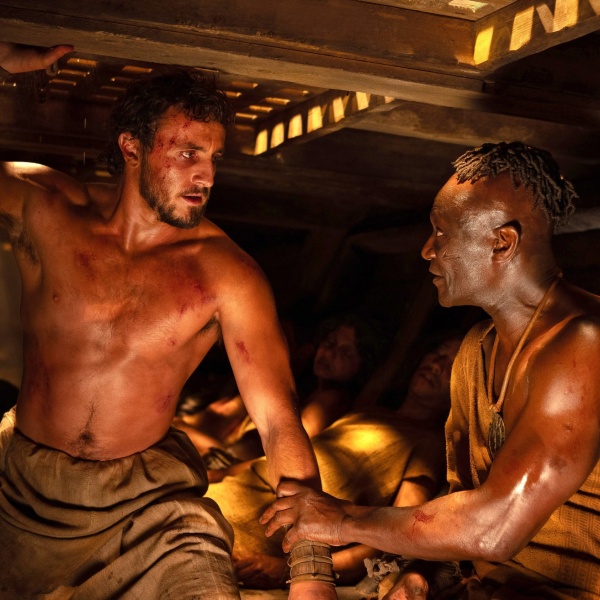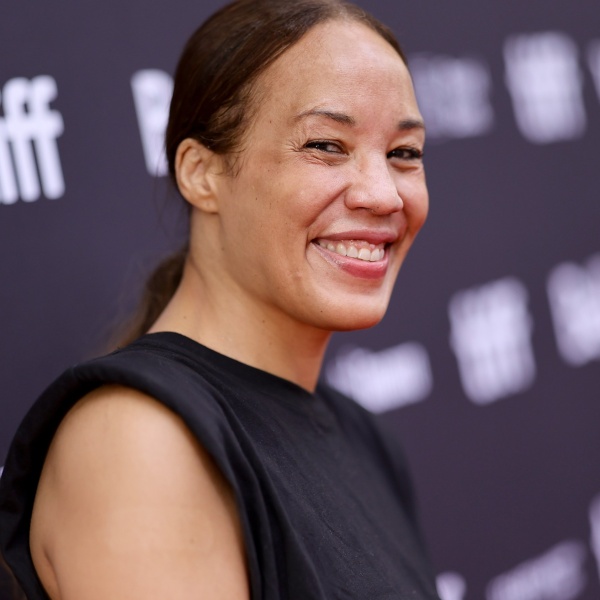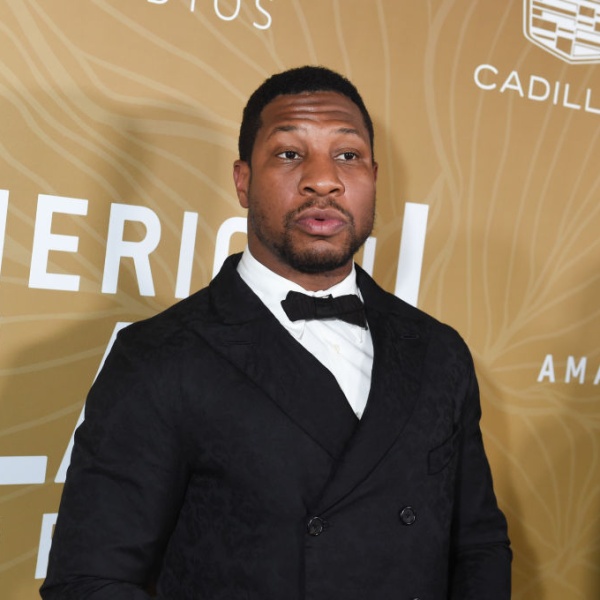
There have been a lot of animated movies released this year, but virtually none of them has been any good. The technology, while increasingly sophisticated and skilled at rendering lifelike Easter bunnies and parrots and pandas and oddly anthropomorphic automobiles, seems to be brought to the screen at the cost of a similar sophistication in storytelling. Which is why “Winnie the Pooh,” Disney‘s new take on the beloved A.A. Milne character, rendered, lovingly, in comparatively low-tech traditional animation, comes as such a surprise. It might be the greatest animated feature of the year so far (besides “Rango“) – and you don’t even have to wear dorky 3D glasses.
Originally conceived as a kind of “Fantasia 2000“-esque anthology, where some classic bits from the Disney short films would be intertwined with new segments (one was planned that would explore Rabbit’s family, which brings to mind Chewbacca’s brood from the disastrous “Star Wars Christmas Special” – it was wisely scrapped), along the way that plan was jettisoned. Instead, this is an all-new affair, with the narrowest of narrative paths but, somehow, an abundance of both emotional and stylistic enhancements that give the movie an unexpected punch.

The narrative, insomuch as there is one, is based on a trio of Milne stories which, taken together, seem even more slender – Winnie the Pooh (Jim Cummings) is on a perpetual quest for honey, but a few things get in his way. For one, Eeyore (Bud Luckey) has lost his tail, so the hunt is on to find a suitable replacement. Also, Christopher Robin (Jack Boulter) goes missing, with the gang misreading his note (“Gon Out Bizy Back Soon”) as a cry for help, becoming convinced that he is under the control of the fearsome creature The Backson.
It’s amazing that, with such sparse plotting, the movie is instantly engaging and remains so for the duration of its sleek 66-minute running time, (augmented, briefly, by a wonderful, melancholic, tartan-hued short film called “The Ballad of Nessie,” also traditionally animated, about the birth of Scotland’s most famous sea creature.) Part of the reason it clicks so quickly is because we have a shorthand with these characters; there isn’t a lot that the animators and filmmakers (Don Hall and Stephen Anderson, Disney story vets) have to do to bring us up to speed about what these characters have been up to. It’s like visiting old friends, although in somewhat heightened versions – Eeyore is really depressed, Rabbit (Tom Kenny) excessively manic, and so on. Excellent use, too, is made of songs, which are penned by “The Book of Mormon” co-writer Robert Lopez and really capture the original Sherman Brothers ditties (She & Him band-mates Zooey Deschanel and M. Ward show up to add some crooning, and it’s sort of a thrill to her Deschanel’s gooey vocals all over the original theme song, drippy like honey).
But just because “Winnie the Pooh” is simple, story-wise, doesn’t mean that it skimps on stylization. The use of the physical book, with characters walking on top of sentences and pausing as they hear narration about themselves, remains intact, but with a greater emphasis on the physical presence of the letters themselves. At one point, our characters are stuck in a well and use falling letters from a hovering sentence to climb their way out. Additionally, a montage of failed Eeyore replacement tails flips by as if a child is hyperactively turning the pages. And in perhaps the most tour-de-force sequence in a movie that’s mostly notable for its soft-edged adorableness, the characters ponder the specifics of another character while rendered in a style that makes everything look like chalk drawings — at this point, Eeyore’s tale has been replaced by a small blackboard pinned to his butt. It’s a truly phenomenal sequence, with the brightly colored chalk figures against the black background reminiscent of the “Elephants on Parade” moment from “Dumbo,” where the movie veers into surrealism, before settling back into the sweetly manicured story. It’s just the right amount of edgy experimentalism, at just the right time.
There will be those that will write off “Winnie the Pooh” because of its slight running time and lack of thematic expansiveness. But that’s really missing the point. “Winnie the Pooh,” in its own special way, captures the creative magic of being a child, when a rainy afternoon and 66 minutes alone with your stuffed animal friends (the tiger with the spring-loaded tail, the pair of cuddly kangaroos) was all that you needed to spin a truly captivating yarn. The characters, with their purposely sketchy look that brings to mind earlier animation incarnations as well as the books’ original drawings, are just the kind of friends that you’d want on such an adventure, and their relationship with Christopher Robin gives the movie an unaccountably deep emotional payoff. “Winnie the Pooh” is unquestionably the summer’s best animated feature – charming, funny, warm, and beautiful; it’s a reminder that simplicity isn’t necessarily a bad thing, and that you shouldn’t have to wear 3D glasses to truly appreciate animation. [A-]

